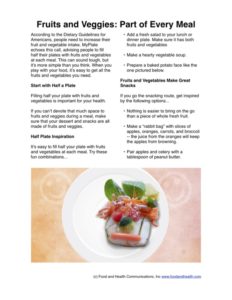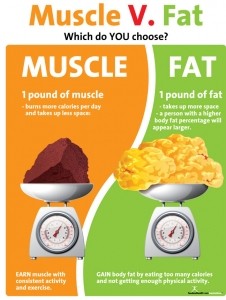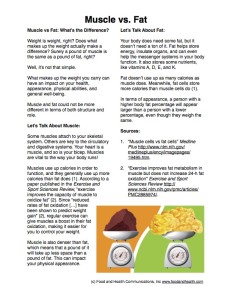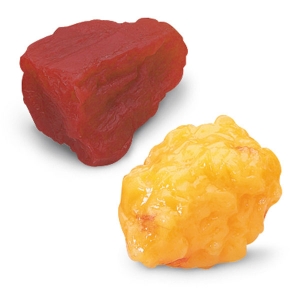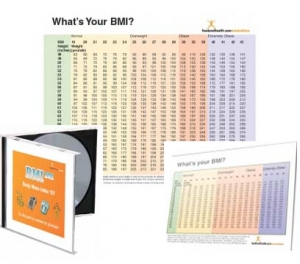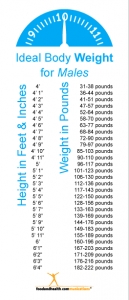The link between obesity and COVID-19 is scary. For people who’ve struggled with their weight for years, it might be a much-needed wake-up call. They may be ready to face the issue head-on, once and for all.
So how can we help them succeed? If you’re working with a chronic dieter, chances are the scale is not a friend. Daily or even weekly weigh-ins might do more harm than good.
Yes, research shows that people who weigh themselves frequently are more successful at losing weight and keeping it off. But for some people, the number on the scale holds too much power. Whether it’s up or down, it can sabotage even the best of intentions.
Take the focus (and power) away from that daily number on the scale by looking at Body Mass Index (BMI) and waist circumference. Our BMI 101 PowerPoint lesson teaches people how to calculate their BMI, measure waist circumference, and take steps to lower both.
Here are some tips for using BMI and waist circumference to help people get to a healthy weight:
Talk to your clients about how they relate to the scale. Does seeing the number go up cause a downward spiral of self-hate and emotional eating, followed by a vow to start fresh tomorrow? Does the thrill of seeing the number go down make you think, ‘I’ve been good, so I can afford to have a little treat today’?
Calculate your BMI: use an online BMI calculator or the Body Mass Index Table.
- BMI of 25.0 to 29.9 = overweight.
- BMI of 30.0+ = obese.
- CDC warns that a BMI of 40+ puts people at higher risk for complications from COVID-19.
Measure waist circumference accurately by following instructions found here. It’s probably worth it to measure three times and take an average.
- A waist circumference of more than 40 inches for men and 35 inches for non-pregnant women increases the risk of obesity-related chronic diseases.
Set a realistic goal:
- Lowering BMI by 2-3 points is enough to improve weight-related health risks. This is equivalent to a 10% weight loss in overweight or obese individuals.
- Reducing waist circumference indicates the loss of abdominal fat, even if BMI doesn’t go down. This helps reduce your risk of heart disease.
Remind your clients to practice self-care, especially during the pandemic. Stress and poor sleep habits make it hard to lose weight, so focus on these things as you make other lifestyle changes.
Use the code MYPLATE to get 10% off plus free shipping for all items now.












